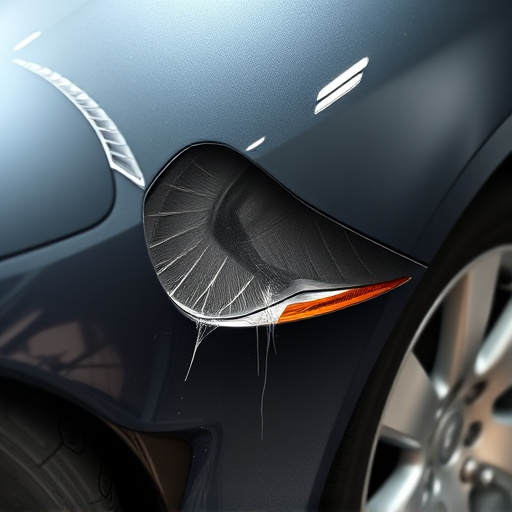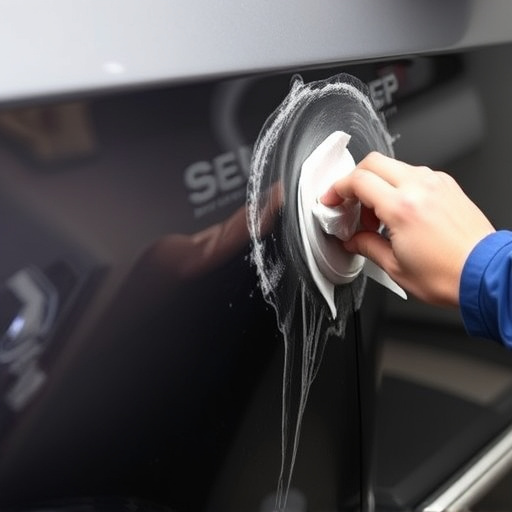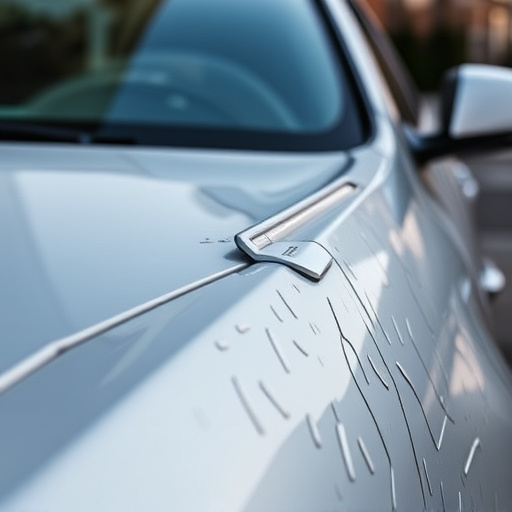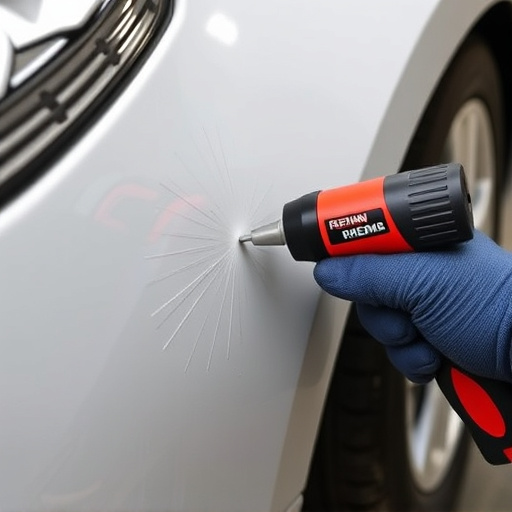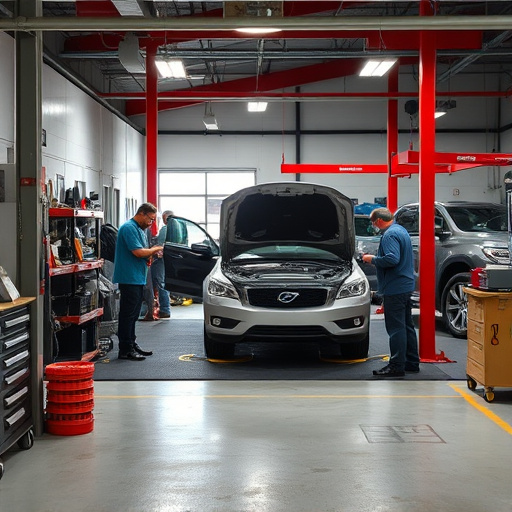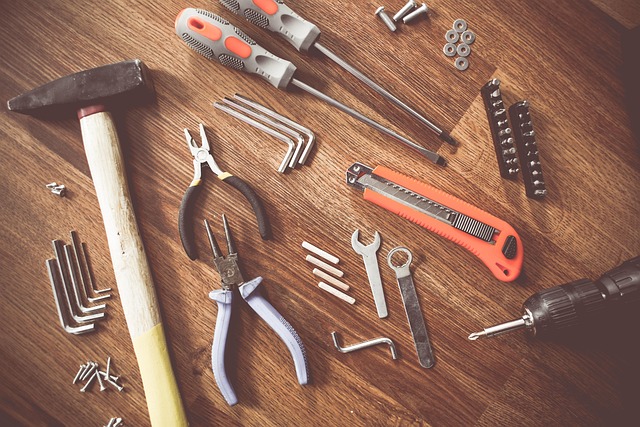Tempered glass installation requires meticulous preparation and specialized techniques for optimal strength and safety. Strict adherence to standards involves material selection, edge work, testing, and hazard mitigation. Skilled technicians ensure structural integrity through precise alignment, sealing, and inspection at every stage, making it ideal for architectural and automotive repairs.
“Uncovering the secrets behind expert tempered glass installation is crucial for both commercial and residential spaces. This comprehensive guide delves into the key elements of the process, ensuring safety and durability. From understanding the unique properties of tempered glass to mastering pre-installation preparation, each step demands precision.
We’ll explore site assessment techniques, material selection criteria, and a detailed, step-by-step installation process, empowering professionals with the knowledge to handle these specialized projects effectively.”
- Understanding Tempered Glass Properties and Safety Standards
- Pre-Installation Preparation: Site Assessment and Material Selection
- Step-by-Step Installation Process: Techniques and Best Practices
Understanding Tempered Glass Properties and Safety Standards
Tempered glass, a highly durable and safety-conscious material, is integral to modern construction and automotive design. Its unique properties, including superior strength and impact resistance, are achieved through specialized heating and cooling processes. Understanding these characteristics is paramount for ensuring safe installation.
Safety standards govern every stage of tempered glass installation, from sourcing materials to final fitting. Compliance with these standards, which often require specific testing and certification, guarantees the integrity of the glass. Key considerations include structural integrity, edge work safety, and protection against potential hazards during handling and post-installation. Moreover, knowing how to address issues like scratches or dents, typically through methods like scratch repair or paintless dent repair, enhances both aesthetics and structural soundness.
Pre-Installation Preparation: Site Assessment and Material Selection
Before initiating the tempered glass installation process, thorough preparation is paramount to ensure optimal results. The initial step involves conducting a meticulous site assessment to evaluate structural integrity and identify any potential challenges. This includes examining existing frames, measuring openings, and verifying alignment to guarantee compatibility with the specified tempered glass types.
During this phase, careful material selection is crucial. Choosing the right tempered glass, whether for architectural or automotive applications (like autobody repairs), involves considering factors like thickness, strength, and resistance to impacts. Properly selecting complementary components, such as seals and adhesives, further ensures a secure fit, enhancing the structural integrity of the final installation—even in scenarios requiring car dent removal or tire services.
Step-by-Step Installation Process: Techniques and Best Practices
The tempered glass installation process involves several meticulous steps to ensure the safety and integrity of the final product. It begins with careful preparation of the surface where the glass will be fitted, making sure it’s clean and free from any contaminants that could compromise adhesion. The next step is to measure and cut the glass to fit precisely, using advanced tools like precision cutters for a seamless finish. After cutting, the edges are treated with specialized chemicals or heat to remove sharp points, enhancing both safety and handling ease.
During installation, skilled technicians employ various techniques tailored to the project’s specific needs. This could involve securing the glass with adhesive or mechanical fasteners, depending on whether it’s for architectural purposes like windows or for vehicle bodywork repairs, such as dent removal or car scratch repair. Best practices include ensuring proper alignment for a perfect fit, using weatherstripping for sealing, and checking for any air pockets that might affect structural integrity and insulation properties. Regular inspections at each step are crucial to catch any errors early on, guaranteeing a high-quality installation that meets safety standards.
Certified tempered glass installation involves a meticulous process, from comprehending the material’s unique properties to adhering to stringent safety standards. Pre-installation preparation, including thorough site assessment and careful material selection, is paramount for achieving optimal results. Following established best practices during the step-by-step installation process ensures structural integrity, aesthetic appeal, and long-term performance of the tempered glass. By combining these key elements, professionals can deliver high-quality tempered glass installations that enhance any space while prioritizing safety and durability.
